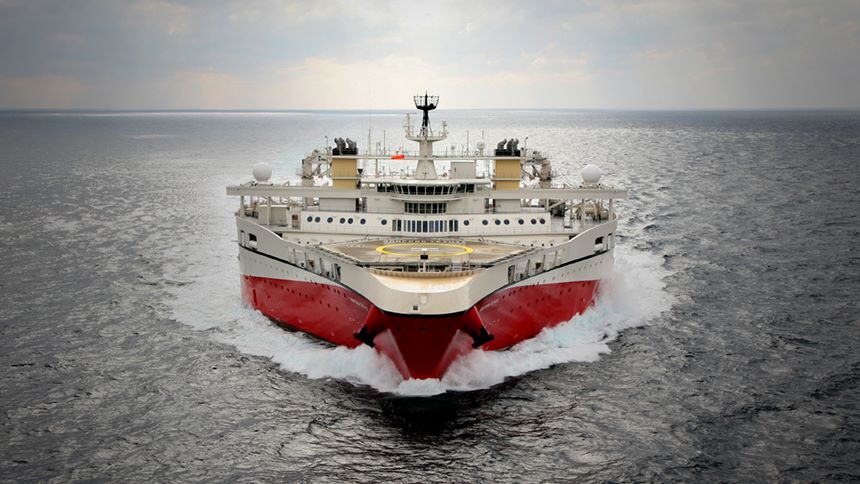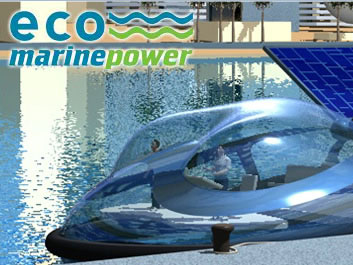Eco Marine Power to look into installation of its zero-emission solution onto an LR2 tanker
The Japanese technology firm Eco Marine Power has launched a feasibility study into the installation of its zero-emission power and propulsion system onto an LR2 tanker. The system is known as Aquarius Marine Renewable Energy (Aquarius MRE) and it aims to enable ships to tap into renewable energy by harnessing the power provided by the wind and sun. It incorporates an array of automated rigid sails, marine-grade solar panels, energy storage modules, charging equipment and computer systems. The array of rigid sails are automatically positioned by a computer system to best suit the prevailing weather conditions and can be lowered and stored when not in use or in bad weather. The study is being undertaken in co-operation with the unnamed shipowner and will investigate how various technologies can reduce fuel consumption and emissions on-board the vessel, the company said. The study will look into the potential installation locations for marine-grade solar panel and frames, an energy-storage system, an automated alarm and monitoring system as well as the fitting of EnergySail’s onto the ship. Modeling of the expected fuel consumption and emission reductions will also be investigated during the study combined with Computational Fluid Dynamic (CFD) modeling of airflow around the ship. EMP is also investigating which marine-grade solar panels would be the most suitable for the project and the feasibility of adding further equipment including low power LED lighting and other power-saving devices. Japanese companies Teramoto Iron Works, The Furukawa Battery Company, KEI System and Fuji Trading are also involved in the study at this stage.(credits: www.offshore-energy.biz)

PGS wraps up 3D survey offshore PNG

Oslo-listed seismic player PGS has completed the Painimaut 3D multi-client program in Papua New Guinea. Fast-track 3D GeoStreamer data is now available. The Painimaut program targets a number of play types in the under-explored Papuan Basin in both held and vacant acreage. The survey targets the Tertiary carbonate buildups and Mesozoic rift basins adjacent to the Papuan and Eastern Plateaus, as well as pinch-out plays and drapes over deeper structural highs. The vessel Ramform Hyperion towed a 12 x 8 km x 150-meter streamer configuration to acquire data. PGS imaging teams are now processing these results using the latest seismic imaging workflows, including FWI and a full prestack time and depth workflow. Full integrity, high-resolution GeoStreamer data will be available in Q1 2021. Gravity and magnetic data will also be available.(credits: www.offshore-energy.biz)

